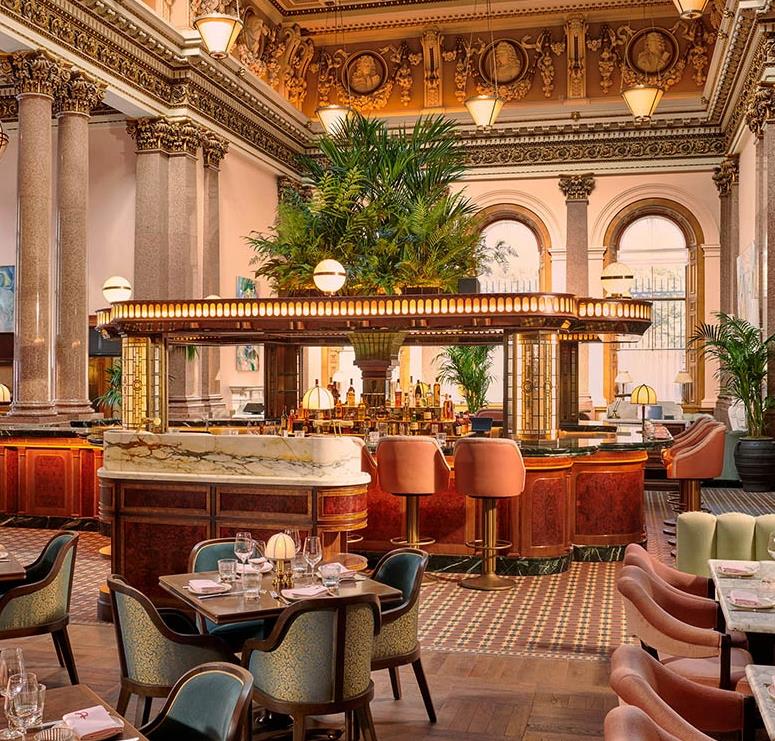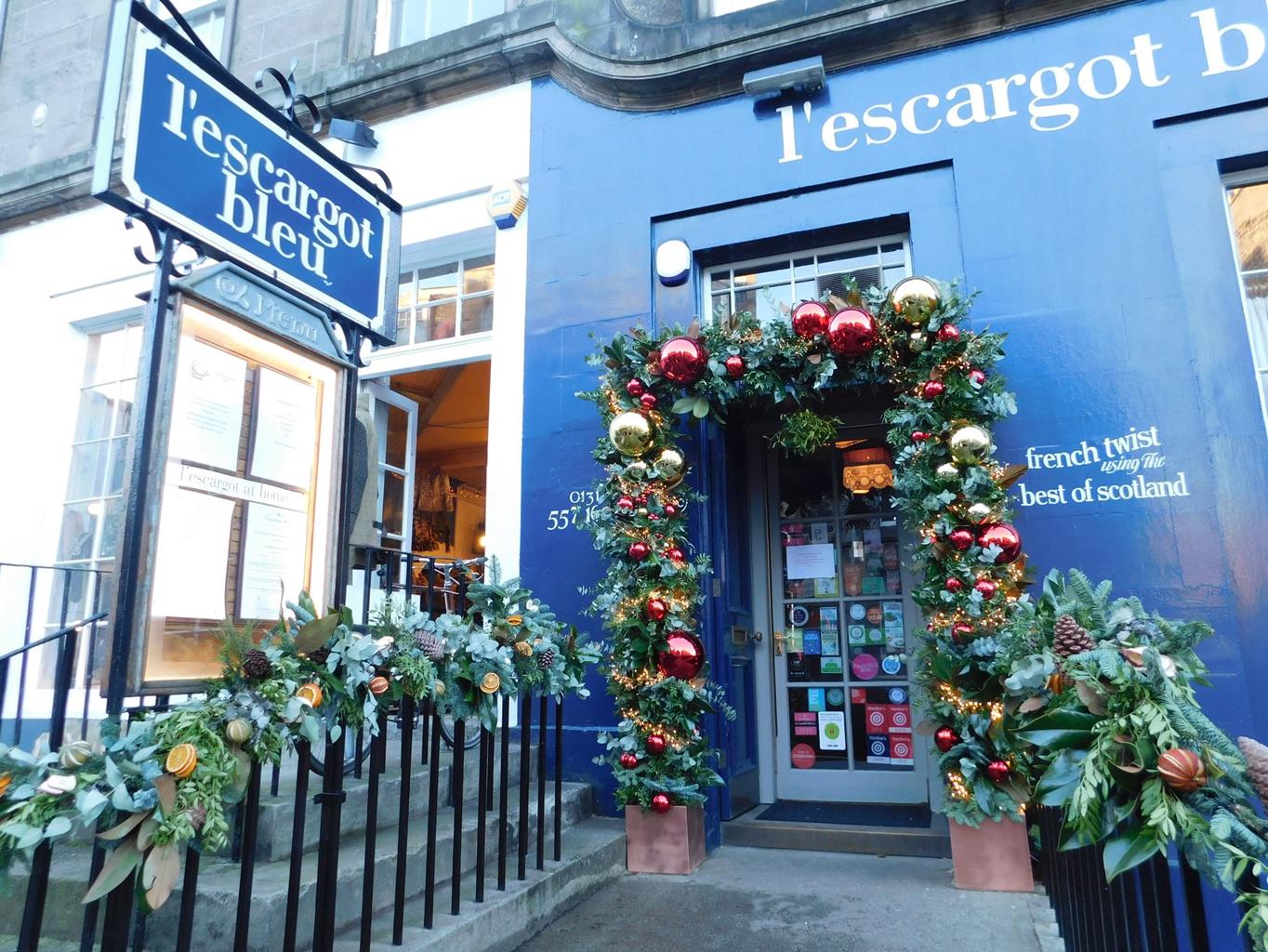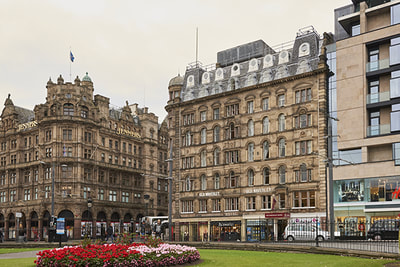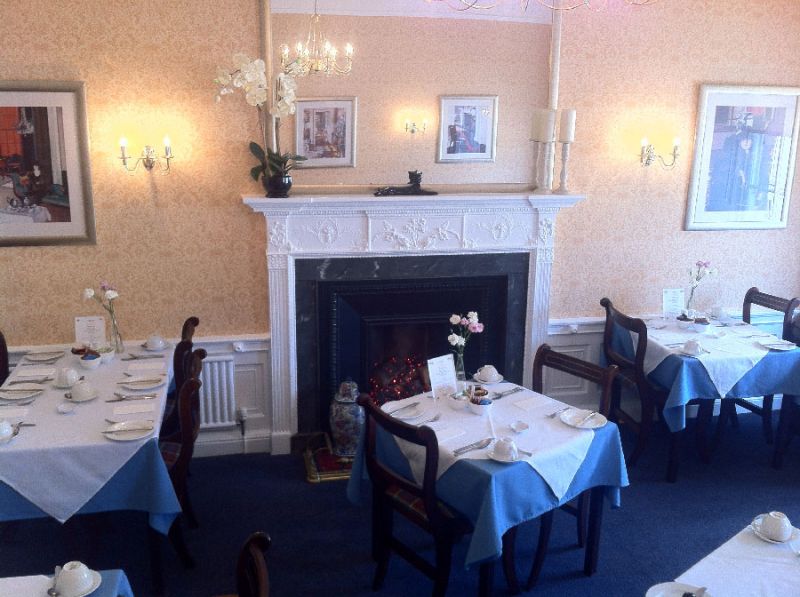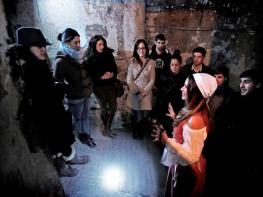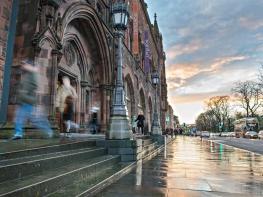The Balmoral is an elegant hotel that enjoys a prestigious address at the top of Princes Street…
Edinburgh's Elegant New Town

Wander through Edinburgh's very own World Heritage Site
5.5 miles (8.9kms)
About the walk
Don't worry, this is not a walk through some a 20th-century housing scheme. Edinburgh's New Town was built in the 18th century and is an elegant development of wide, airy streets, punctuated with sweeping crescents and lined with soft grey Georgian buildings. It was a planned development, designed to move the focus of the city away from the filthy, overcrowded streets of the medieval Old Town. It was laid out in the mid-18th century by James Craig, a young architect who won a competition for the design. It is separated from the Old Town by Princes Street, the main thoroughfare and once the smartest shopping street in Scotland. In later years Robert Adam contributed to the development, notably designing Charlotte Square in 1791. The Old and New Towns together are recognised as a World Heritage site.
Luring the literati
Houses in the New Town were soon the most coveted in the city and became the haunt of the Scottish literati. Literary associations abound. Kenneth Grahame, author of The Wind in the Willows (1908) was born at 30 Castle Street in 1859; Robert Louis Stevenson grew up at 17 Heriot Row; Percy Bysshe Shelley stayed at 60 George Street with his runaway teenage bride in 1811; and Sir Walter Scott once lived at 39 Castle Street.
The city seems to hold a fascination for writers and many historic meetings have taken place here, including that between Sir Walter Scott and Robert Burns. The war poet Wilfred Owen often came into Edinburgh while he was recuperating from 'shell shock' at nearby Craiglockhart War Hospital. One of his early poems was entitled 'Six O'clock in Princes Street'. It was at Craiglockhart that Owen met Siegfried Sassoon, already an acclaimed poet, who encouraged him in his writing and made amendments to early drafts of some of his greatest works. Owen left Edinburgh in 1917 and returned to the Front, where he died on 4th November, 1918.
Another New Town location, Milne's Bar on Hanover Street, was a favourite haunt of several of Scotland's most influential modern poets. Hugh MacDiarmid and his two friends and drinking partners, Norman MacCaig and Sorley MacLean, are just some of the figures who used to meet here in the last century, and the pub walls are still covered with their memorabilia.
In the latter stages of this walk you will pass a statue of Sherlock Holmes, a tribute to his Edinburgh-born creator Sir Arthur Conan Doyle, who lived nearby at 11 Picardy Place (which has now been demolished). Conan Doyle studied medicine at Edinburgh University and modelled his fictional detective Holmes on one of his former lecturers – Dr Joseph Bell. Bell was an extremely observant individual and combined his instincts with science to help the police in solving several murders in the city. Many believe that Conan Doyle assisted Bell with his work in this capacity, acting as Dr Watson to his Holmes.
Walk directions
From the tourist information centre, turn left and walk along Princes Street. Just after you pass the Scott Monument on your left, cross the road to reach Jenners department store, Scotland's answer to Harrods. Continue along Princes Street, then take a right turn up Hanover Street.
Take the second turning on your left and walk along George Street to reach elegant Charlotte Square. Then turn right and right again to go along Young Street. At the end, turn left and walk down North Castle Street to reach Queen Street.
Cross the road, turn left, then right down Wemyss Place and right into Heriot Row. When you reach Howe Street turn left and, before the church in the middle of the street, turn left again and walk along South East Circus Place, past the sweep of Royal Circus and down into Stockbridge.
Cross the bridge, then turn left along Dean Terrace. At the end, turn right into Ann Street. When you reach Dean Park Crescent turn right and follow the road round into Leslie Place and into Stockbridge again. Cross the main road, turn left and then right at the traffic lights, down St Bernard's Row. Follow this, then bear left into Arboretum Avenue.
Follow this road past the Water of Leith down to Inverleith Terrace. Cross and walk up Arboretum Place to reach the entrance to the Botanic Gardens on the right. Turn left after exploring the gardens and retrace your steps to Stockbridge again.
Turn left at Hectors bar and walk uphill, then turn left along St Stephen Street. When you reach the church, follow the road, cross over Cumberland Street, then turn left along Great King Street. At the end, turn right, then immediately left to walk along Drummond Place, past Dublin Street, and continue ahead into London Street.
At the roundabout turn right and walk up Broughton Street to reach Picardy Place. Turn left, walk past the statue of Sherlock Holmes, then bear left towards the Playhouse Theatre. Cross over, continue left, then turn right into Leopold Place and right again into Blenheim Place. At the church, turn right, walk up the steps and turn left at the meeting of paths.
Go up the steps on the right, walk over Calton Hill, then turn right to pass a bronze cannon with an interesting history – engravings on its breech and barrel show that it was cast in Portugal, ended up in the hands of the Burmese, and was seized as a trophy by British troops in the late 19th century. Go downhill, take the steps on your left and walk down into Regent Road. Turn right and walk back into Princes Street and the start.
Additional information
Busy city streets
Elegant Georgian townscape
A town walk, so not ideal; keep on lead; not allowed in Botanic Gardens
AA Walker's Map 27 Edinburgh
Several large car parks in central Edinburgh
At Waverley Station and Hamilton Place
WALKING IN SAFETY
Read our tips to look after yourself and the environment when following this walk.
Find out more
Also in the area
About the area
Discover Edinburgh
Edinburgh is one of Britain’s most spectacular cities and both Old and New Towns have UNESCO World Heritage status. At its heart, the Old Town is a treasury of architecture stretching back to medieval times with its labyrinth of narrow lanes (‘wynds’ or ‘closes’). While the New Town's splendid district of squares, crescents and gardens are surrounded by impressive Georgian town houses.
It isn’t just a magnificent, bustling city, it’s surrounded by countryside – offering visitors the best of both worlds. Dominated by hills and the sea, with the rolling Pentland Hills to the south and the broad expanse of the Firth of Forth estuary to the north, it benefits from a rugged and varied landscape. So much so, the city has its own miniature mountain, Arthur’s Seat, which looms over the Old Town and the Palace of Holyroodhouse, dwarfing even Castle Rock and its crowning fortress, Edinburgh Castle.
A couple of miles east, Portobello is Edinburgh’s seaside area, with a long stretch of golden sand that attracts droves of city dwellers on sunny summer days.
Nearby stays
Restaurants and Pubs
Nearby experiences
Recommended things to do
Why choose Rated Trips?
Your trusted guide to rated places across the UK
The best coverage
Discover more than 15,000 professionally rated places to stay, eat and visit from across the UK and Ireland.
Quality assured
Choose a place to stay safe in the knowledge that it has been expertly assessed by trained assessors.
Plan your next trip
Search by location or the type of place you're visiting to find your next ideal holiday experience.
Travel inspiration
Read our articles, city guides and recommended things to do for inspiration. We're here to help you explore the UK.






